Please note: In September 2019, we updated the DXOMARK Mobile test protocol to cover ultra-wide-angle performance and renamed the protocol DXOMARK Camera. We also expanded our low-light testing and created the new Night sub-score, which incorporates the previous Flash score. We have retested this device using the new Wide and Night test protocols and updated the scores in this review, but we have not changed the text from the original review. For more information, please see the articles about our new Wide and Night test protocols.


Huawei P20 Pro camera review (originally published March 27, 2018)
The Huawei P20 Pro is the Chinese manufacturer’s latest flagship smartphone, and in terms of camera tech, is arguably the most innovative device we’ve seen in quite some time. A quick look at the device’s back plate reveals that the P20 Pro is the first smartphone to feature a triple camera setup. However, Huawei hasn’t simply slapped a third sensor and lens onto its current dual-camera system. The new model stands out among its peers in several ways:
- At 1/1.78″, the main camera’s sensor is unusually large—approximately twice the size of the Samsung Galaxy S9’s 1/2.55″ chip. Despite a slightly slower f/1.8-aperture lens, the RGB main camera sensor of the P20 Pro captures approximately 20 percent more light than the smaller sensors used in most competing models. As with previous high-end Huawei smartphones, the main sensor is supported by a secondary monochrome sensor which helps further increase photon capture.
- The main camera sensor uses a Quad Bayer structure with a total pixel count of 40Mp. It outputs data binned in 2 × 2 pixel units, resulting in 10Mp image output.
- With an equivalent focal length of 80mm, the P20 Pro’s optically-stabilized tele-camera offers a significantly longer reach than the 2x tele-modules in the latest iPhone or Samsung Galaxy devices. This is possible because the main camera in combination with the 20Mp monochrome secondary sensor is already capable of delivering decent zoom detail at a 2x zoom factor. As a consequence, the engineers have been able to focus on squeezing a longer reach out of the P20 Pro’s tele-lens. The Tele also outputs 10Mp image.
The monochrome sensor in the camera setup serves several purposes: it helps with depth estimation for the simulated bokeh effect, and the fine detail and low noise levels of the monochrome sensor improve image quality when zooming and in low light.
Key camera specifications:
- Triple camera setup
- Main camera: 40Mp, 1/1.73″ RGB sensor with Quad Bayer structure, f/1.8-aperture lens with 27mm equivalent focal length
- Secondary camera: 20Mp, 1/2.78″ monochrome sensor, f/1.6-aperture lens with 27mm equivalent focal length
- Tele-camera: 8Mp, 1/4.4″ RGB sensor, f/2.4-aperture lens with 80mm equivalent focal length, and optical image stabilization
- Aperture mode default eq. focal length: 55mm
- PDAF on main sensor
- 4K video (not default mode)
- 960 fps slow-motion video at 720p
- 6.1″ display, 2240 x 1080 resolution
- Kirin 970 chipset
About DxOMark Mobile tests: For scoring and analysis in our smartphone camera reviews, DxOMark engineers capture and evaluate over 1500 test images and more than 2 hours of video both in controlled lab environments and in natural indoor and outdoor scenes, using the camera’s default settings. This article is designed to highlight the most important results of our testing. For more information about the DxOMark Mobile test protocol, click here. More details on how we score smartphone cameras are available here.
Test summary
With an overall score of 109 points, the Huawei P20 Pro sets a new benchmark for smartphone cameras on DxOMark.com, outscoring all of its closest rivals, such as the Apple iPhone X, the Google Pixel 2, and the Samsung Galaxy S9 Plus by a margin that is close to or higher than 10 points. Much of this is due to the Huawei’s outstanding still image capabilities that earn it an unprecedented Photo score of 114 points. The large sensor in the main camera combined with the B&W sensor allows for excellent low-light performance and class-leading dynamic range; the dedicated 80mm equivalent tele-lens in combination with the high-resolution monochrome chip, delivers the best zoom performance we’ve seen on a smartphone to date. The monochrome chip is also used to help generate the P20 Pro’s excellent bokeh-simulation.
And the P20 Pro is no slouch either in video mode, thanks to class-leading image stabilization, a good autofocus, and very low noise levels. At 98 points, it just manages to push the Google Pixel 2 off the number one spot in the video ranking, making the P20 Pro the best all-around mobile device for imaging that money can currently buy.
Bright light
The Huawei P20 Pro delivers excellent image in all bright-light conditions. Exposure is usually spot-on and the dynamic range is one of the widest we have measured on any smartphone, making the Huawei ideal for shooting in difficult high-contrast situations. Images are sharp across the frame, with pleasant textures and a lot of detail. Noise is very well under control, too, with virtually no grain visible in areas of plain color, such as blue skies.
The P20 Pro’s autofocus system works reliably and swiftly in all situations, and color rendering is generally very pleasant, with only very occasional orange or pink color casts noticeable. We also observed a slight loss of color saturation and some aliasing and halo artifacts in some specific high-contrast scenes.
Low light and Flash
Thanks to an unusually large (by smartphone standards) 1/1.73″ sensor in its main camera, the Huawei P20 Pro delivers class-leading low levels of noise, making it the smartphone of choice for any kind of photo and video shooting in low light and indoor conditions. In the night shot comparison below, you can see that the Huawei sample shows better detail and significantly lower noise levels than the competition from Apple and Google.
In addition, autofocus, auto white balance, and exposure all operate reliably down to very low light levels. It also maintains pleasant color rendering when the light gets dimmer, making the P20 Pro a very easy pick for any low-light smartphone photographer.
Using the LED flash on a smartphone is generally a bad idea, but the Huawei P20 Pro’s is the best flash we have tested on a smartphone, delivering good exposure and detail in a repeatable fashion. Again, noise levels are very low, making flash use a real option on the Huawei.
Zoom and Bokeh
The Huawei P20 Pro comes with a two-pronged approach to zooming. A dedicated stabilized zoom lens with a long 80mm equivalent focal length takes care of the long-reach images, while the main RGB sensor in combination with a secondary high-resolution monochrome chip is capable of delivering good zoom results at medium-range (around a 50-60mm equivalent focal length).
As a result, the Huawei P20 Pro excels in the zoom category, delivering results that are a cut above the rest. The detail in zoom images is unprecedented for smartphones, especially for medium- and long-range shots, and noise levels are low in all light conditions, making the P20 Pro by far your best option if zooming is high up on your list of priorities.
The Huawei P20 Pro’s zoom does not only deliver great results in bright light. It also performs remarkably well in indoor conditions, as you can see in the sample images below. In this test scene the P20 Pro delivers very good detail at long range (8x).
The monochrome secondary camera setup also helps deliver very good results in bokeh mode. Depth-estimation is very precise, resulting in very good subject segmentation and only minor artifacts. At default settings, the blur strength and transition are pleasantly natural. In addition, the Huawei also blurs the image areas in front of the subject, getting you bokeh mode results that are as close as it gets to a DSLR, and the best for all current smartphones. In the scene below the P20 Pro creates an overall very nice bokeh effect. Only if you click through to the full version of the image, some loss of fine detail and slight oversharpening become visible.
In this comparison with the iPhone X you can see that the Huawei P20 Pro’s depth estimation in bokeh mode is very accurate. There are fewer artifacts in the Huawei image then in the iPhone X capture, which is most noticeable around the subject’s hand.
Photo scores explained
With a total photo score of 114, the Huawei P20 Pro is currently the highest-ranked smartphone for still image capture by quite a margin. The overall Photo score is calculated from sub-scores in tests that examine different aspects of its performance under different lighting conditions. In this section, we’ll take a closer look at these image quality sub-scores.

Exposure and Contrast
Huawei P20 Pro
93
The Huawei P20 Pro does a very good job in terms of exposure. Target exposure is spot-on in most situations, even in very low light, and our sample images show very good dynamic range that is a touch better than for most of the direct competitors. This is especially noticeable in difficult high-contrast lighting conditions in which the Huawei is capable of preserving a lot of detail in the bright parts of a scene.
The P20 Pro does an excellent job in the difficult backlit portrait scene below. Exposure on the subject is very good. At the same time, the camera is capable of preserving a lot of the bright background detail. Subject exposure is good with the iPhone X, but most of the bright background is clipped. The Google Pixel 2 comes close, but does not quite match the Huawei.
The studio sample below was taken at an extremely low light level of 1 Lux, approximately equivalent to candle lighting. In these extreme conditions, the P20 Pro manages to capture an image that is slightly underexposed, but still usable.

Color
Huawei P20 Pro
85
The P20 Pro’s color rendering is pleasant in bright light and indoor conditions, and even in very low light, where many devices struggle with color, the camera’s color rendering is still acceptable. In addition, the white balance system works accurately in almost all situations and adapts swiftly when illumination changes. On the downside, some fine colored detail can occasionally be a little undersaturated when viewed up-close, and we sometimes observed a very slight pink or orange cast in bright light. Color shading is occasionally also just about noticeable in bright and low light. Overall, though, you’ll struggle to see any of these imperfections in real-life images.

Autofocus
Huawei P20 Pro
98
The Huawei P20 Pro’s autofocus system performs very well across all shooting situations, resulting in a very good autofocus score of 98 points, one of the best for all current smartphone cameras. The autofocus is very fast and accurate, and produces repeatable results in all light conditions.
As you can see in the graph below, the P20 Pro autofocus is very quick and delivers consistently accurate results, even at a low light level of 20 Lux. This is true for both a short and longer delay before capture.
Texture (72) and Noise (79)
In part thanks to its larger-than-usual main camera sensor, the Huawei performs very well in terms of detail and noise. The two parameters are closely interdependent, and the P20 Pro’s image processing finds a very good compromise between the two. Processing puts a slight emphasis on noise reduction and as a result, noise levels are very low in all light conditions, and the P20 Pro’s score for noise is one of the best. In bright light, image noise in blue skies is pretty much unnoticeable, and noise is very well-controlled and pleasantly finely-grained down to very low light levels.
However, the camera is not only capable of keeping noise down, it also renders fine textures very well. A slight loss of very fine detail is noticeable when inspecting bright-light images up-close, but overall, the Huawei is up with the very best in terms of image detail, and it preserves good levels of detail across all light levels. Looking at the sample crops below, you can see that our test scores translate into image results: the Huawei P20 Pro currently offers the best detail/noise trade-off in the smartphone world especially for low light and very low light conditions.
If you click through to the full-size versions of the night portrait below, you can see that the Huawei P20 Pro is capable of preserving good image detail while producing very low levels of noise in these conditions. This is particularly noticeable on the skin tones and makes the Huawei the smartphone of choice for low-light portraiture and shooting in dim conditions in general.

Artifacts
Huawei P20 Pro
71
Artifacts are generally pretty well-controlled on the Huawei P20 Pro, but some points are deducted for aliasing (moiré patterns), which can be noticeable in HDR images. We also observed a halo effect around some edges and occasional color fringing in those images. You will have to look very closely to spot any of these imperfections, however.
The LED flash on smartphones is usually best reserved for emergency illumination. However, if you really have to use flash, the Huawei P20 Pro is the best smartphone for that purpose. Flash performance is generally repeatable, and without any ambient illumination, white balance, color rendering and target exposure are all good. Noise is well-controlled, too, and image detail is nicely preserved.
On the downside, some very slight color shading is noticeable in some shots, and occasionally the camera processing does not correct for red-eye effect. When ambient light levels are at 5 Lux, the results are practically identical to the “pure” flash images.

Zoom
Huawei P20 Pro
73
The Huawei P20 Pro is the best smartphone for zooming that we have tested to date, thanks to an intelligent mixture of digital zoom and the long reach of the 80mm equivalent tele-lens. Using all three modules of the triple camera setup, the P20 Pro is capable of capturing very high levels of detail at medium range, and detail that is still good at long range, outperforming all of its rivals in the high-end bracket of the market by a sizable margin. The only downside to the Huawei’s zoom performance are some occasional exposure, autofocus, and white balance instabilities.
As one would expect, you have to live with a loss of detail when zooming compared to wide-angle image output. This said, the mid-range zoom samples below were taken in bright light, and in our comparison, you can see that the P20 Pro is capable of squeezing noticeably more detail out of the scene than the competition. The Apple iPhone X captures lower levels of detail, but thanks to its optical zoom, it’s not too far off. The single-lens Pixel 2, on the other hand records, a visibly softer and less detailed image than the Huawei. In addition, the P20 Pro’s noise levels are the lowest when zooming.
The differences are also visible in the long-range (approximately 8x magnification) zoom shots below. The Huawei P20 Pro captures noticeably better detail than the Apple iPhone X. With its single-lens camera, the Google Pixel 2 trails a long way behind.
The situation is very similar for the long-range backlit portrait and the night shots below. Even for difficult lighting conditions, the Huawei P20 Pro is capable of capturing decent detail and controlling noise levels when zooming, making it the current best option for zooming in low light. The comparison devices lag behind the Huawei by quite a margin.

Bokeh
Huawei P20 Pro
70
At 70 points, the P20 Pro features the best-performing background-blurring bokeh mode in our rankings (we tested Aperture” mode at default settings). The mode can be used at 27-, 55-, and 80mm -equivalent focal lengths, but as usual, we have done our lab testing at the 55mm default setting only. As you can see in the test samples below, depth estimation is very good, resulting in only minor segmentation artifacts around the subject. In addition, the shape of the bokeh is very pleasant, with a smooth gradient and blur transition. Unlike the latest iPhones, the Huawei camera also applies blur to the foreground of the image, resulting in images that are closest to the “real” bokeh of a DSLR among all current smartphones. The P20 Pro also delivers bokeh over a large range of distance. A point of criticism is inconsistencies in detail and white balance that we occasionally observed over several consecutive shots.
In the samples below you can see that depth estimation is very accurate and enables a nicely blurred background even on complex and more difficult scenes.
Bokeh mode also performs well in indoor and low light conditions, with a pretty good subject masking and low noise compared to competition. In the comparison samples below you can see that even in very low light the P20 Pro is capable of generating a nice bokeh effect with good depth estimation. A loss of detail is noticeable when viewing the full-size image but noise levels are low. In the same light conditions the iPhone X captures an underexposed image and is not capable of generating a bokeh effect. Bokeh mode does kick in on the Google Pixel 2 but the image shows several strong depth estimation errors.
Video scores explained
The Huawei P20 Pro achieves a Video score of 98 points, making it also the number one camera in our video rankings, albeit not by the same large margin as for still images. The overall Video score is calculated using a range of sub-scores to give us some indication of the device’s pros and cons for shooting moving images: Exposure (82), Color (89), Autofocus (98), Texture (58), Noise (83), Artifacts (82), and Stabilization (94).
The Huawei P20 Pro’s performance in video mode is excellent across the board. The camera does not come with optical image stabilization and therefore has to rely on Huawei’s electronic video stabilization when shooting video. The system works very well, though, resulting in stabilization performance that is a touch better than even the excellent Google Pixel 2. The Huawei EIS works very efficiently both when holding the camera still and when walking while recording.
As with still image mode, thanks to its large main image sensor, the Huawei’s noise levels are very low when shooting video, with very little noticeable noise in areas of plain color. Again, the balance between detail retention and noise reduction is excellent, resulting in good detail and very well-controlled noise across all light levels. In addition, target exposure is good in most conditions; white balance is accurate, with smooth convergence under changing illumination; and the autofocus system reacts swiftly and produces repeatable results.
The list of negatives is pretty concise: aliasing is fairly frequent in video clips and some stepping can be visible when the exposure is adapting to changing light levels. We can also see a slight loss of fine detail in bright light due to noise reduction, and videos recorded under tungsten light have an orange-colored cast.
Conclusion: Game changer
We are used to every new smartphone camera generation being slightly better than the previous one, but looking at the images and test results from the P20 Pro, it seems Huawei has skipped one or two generations. The results are simply that good. The P20 Pro’s triple camera setup is the biggest innovation we have seen in mobile imaging for quite some time and is a real game changer.
Being able to pick the best camera for a specific shooting situation and computationally merge the image data from all three sensors means that the new Huawei beats the competition in virtually every category, taking the number one spots in both our Photo and Video rankings. The P20 Pro is particularly good in low light, when zooming, and for bokeh simulation, blowing its direct rivals out of the water. If you are looking for the current best camera in a smartphone, look no further.
Pros
- Very good detail when zooming, especially at medium and long range
- Nice bokeh effect thanks to a good depth estimation and a pleasant blur gradient
- Image noise well under control
- Fast and accurate autofocus
- Good target exposure and very wide dynamic range, especially in bright light
- Very good flash performance in all conditions
Pros
- Very efficient stabilization
- Fast, repeatable and accurate autofocus
- Good tracking
- Very low noise levels in all conditions
- Good exposure in low light
Cons
- Occasional orange/pink cast on bright light and indoor conditions
- Some artifacts, particularly aliasing and halos on HDR scenes
- Exposure, AF and white balance instabilities with zoom
Cons
- Slight stepping during exposure convergence
- Frequent aliasing
- Loss of some fine detail in bright light
- Orange cast under tungsten light
Please note: we have added some additional samples and text after publication of this article to better illustrate the P20 Pro performance in low light, when using the zoom and when shooting in Aperture mode.




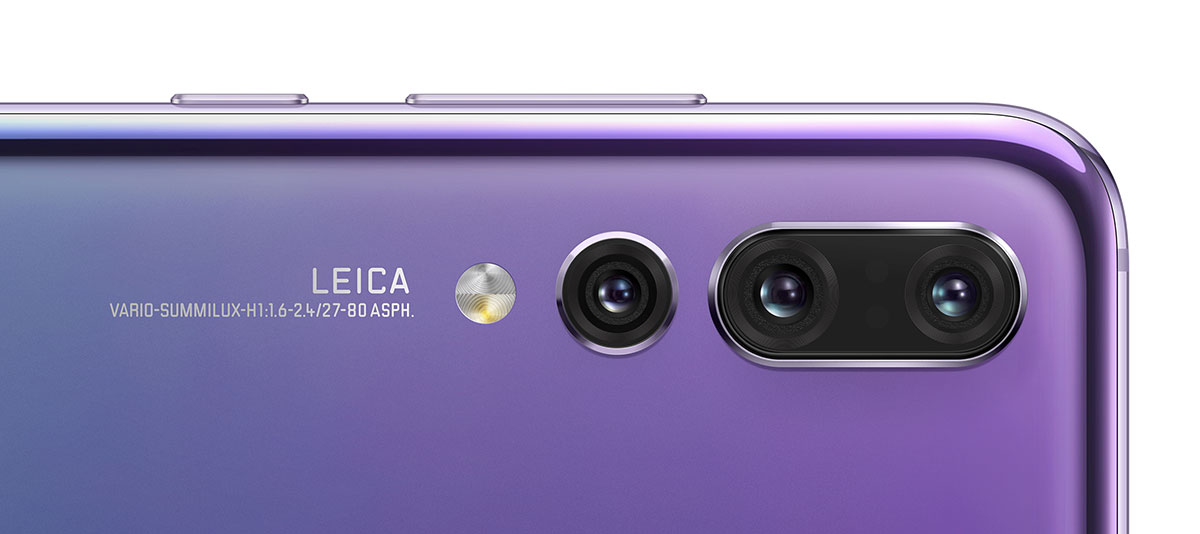
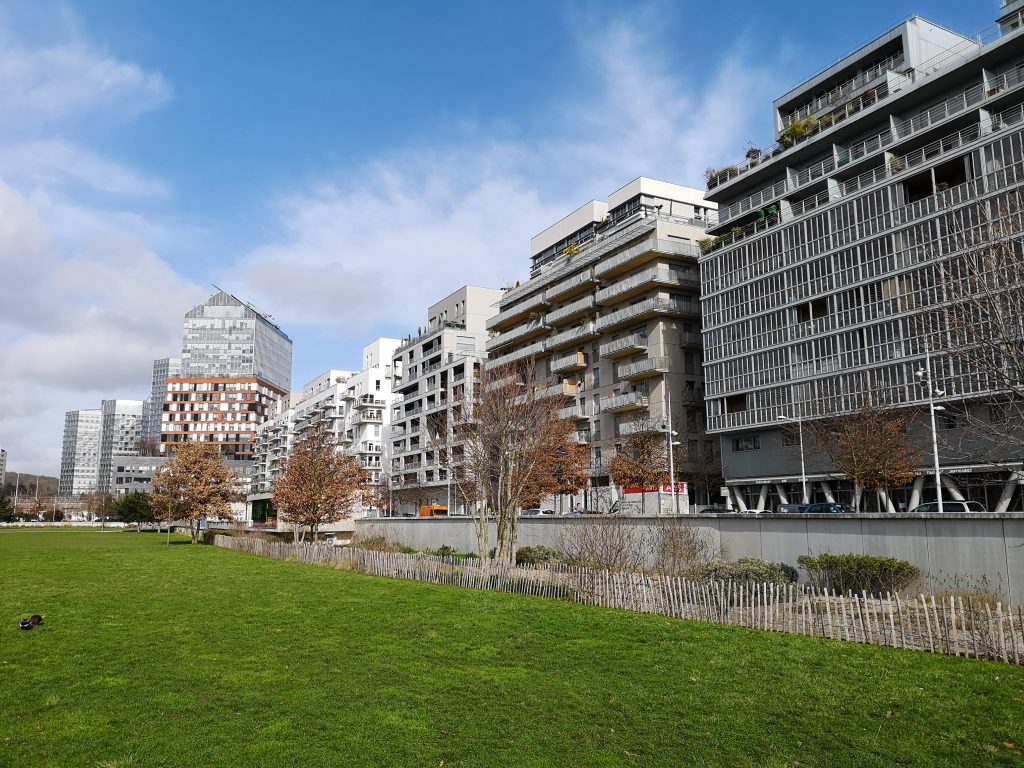
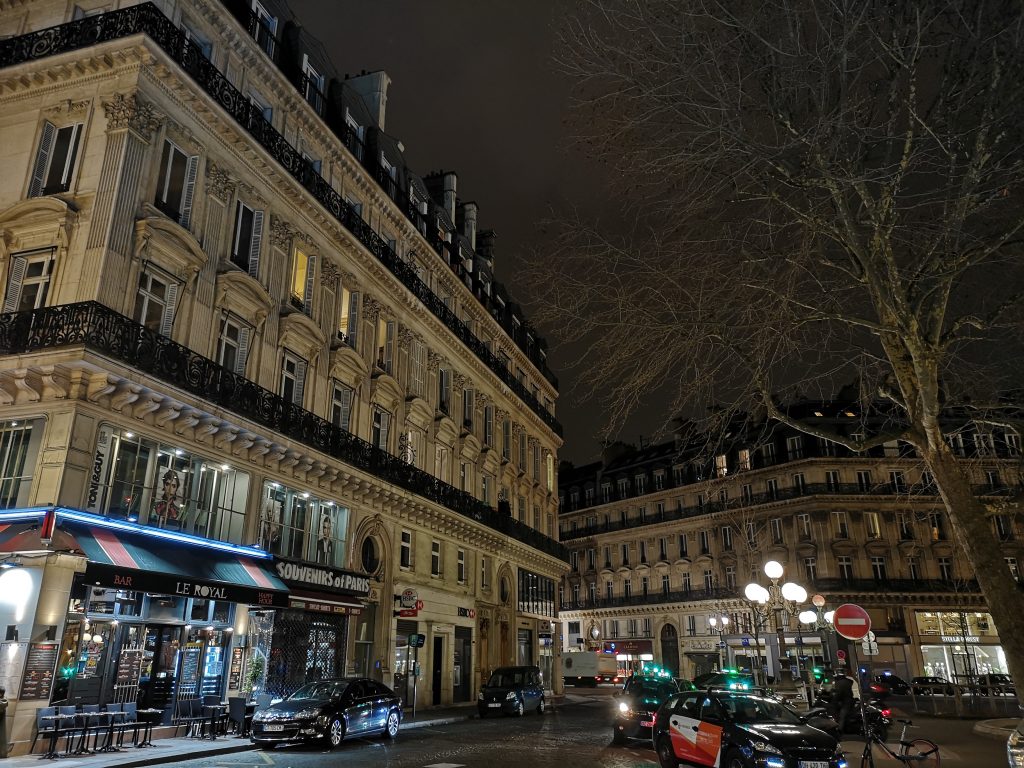
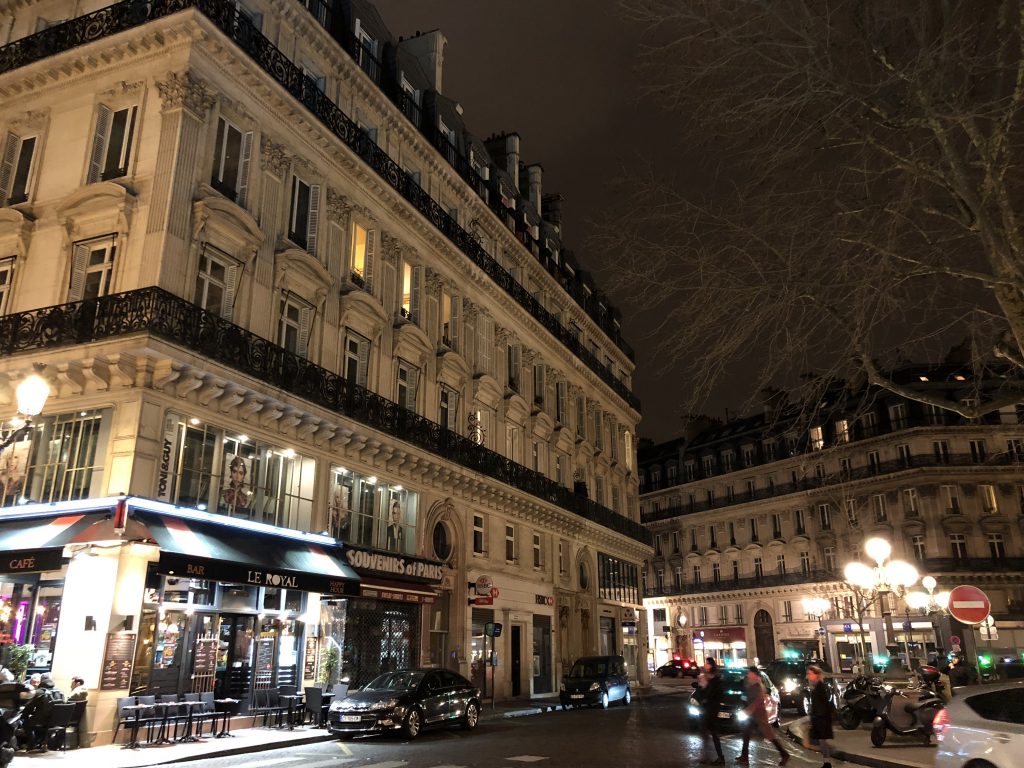
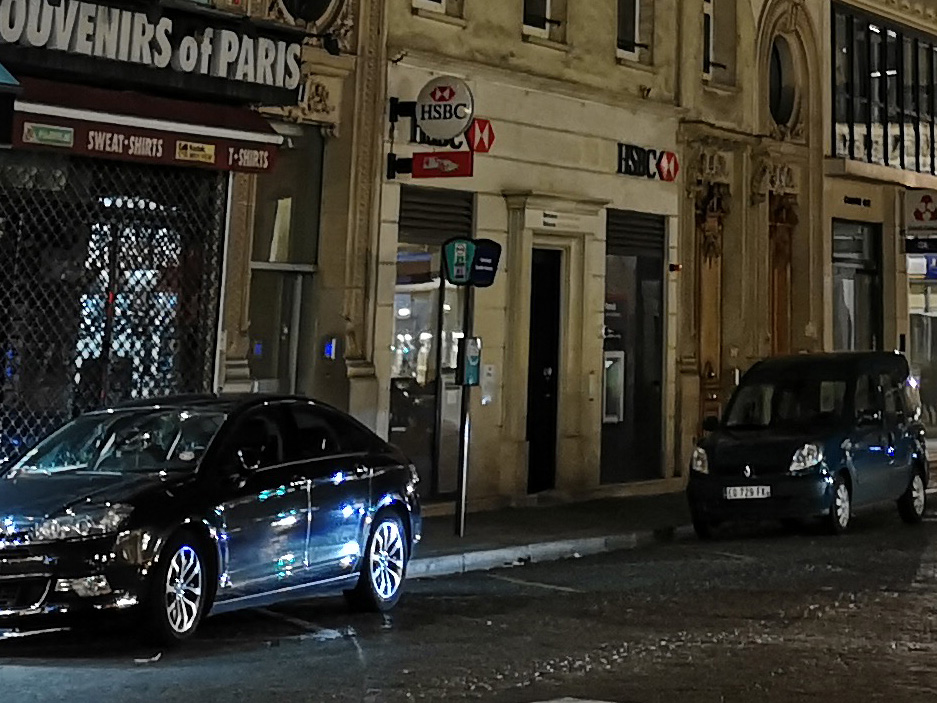
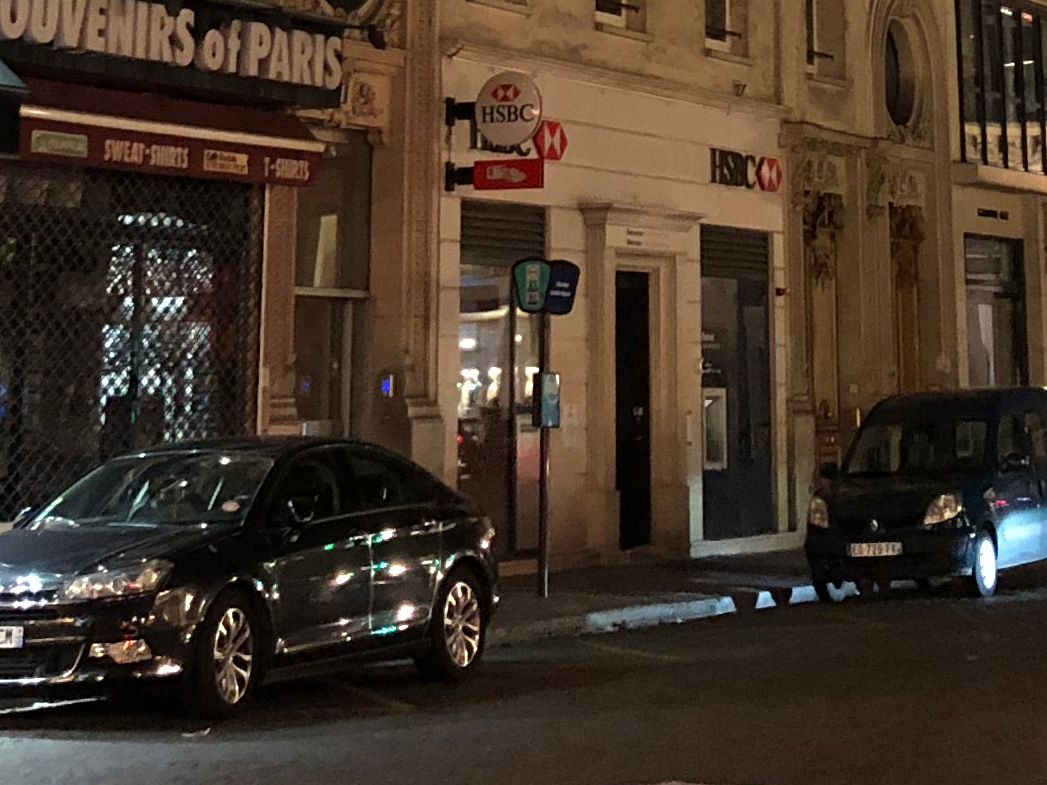
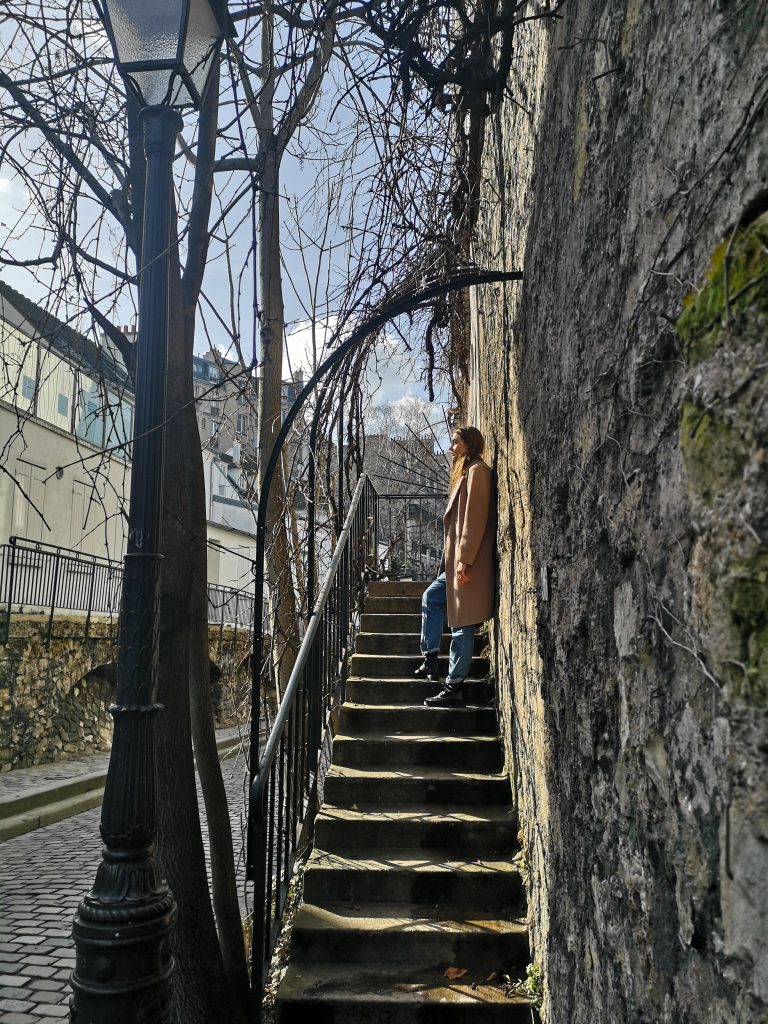
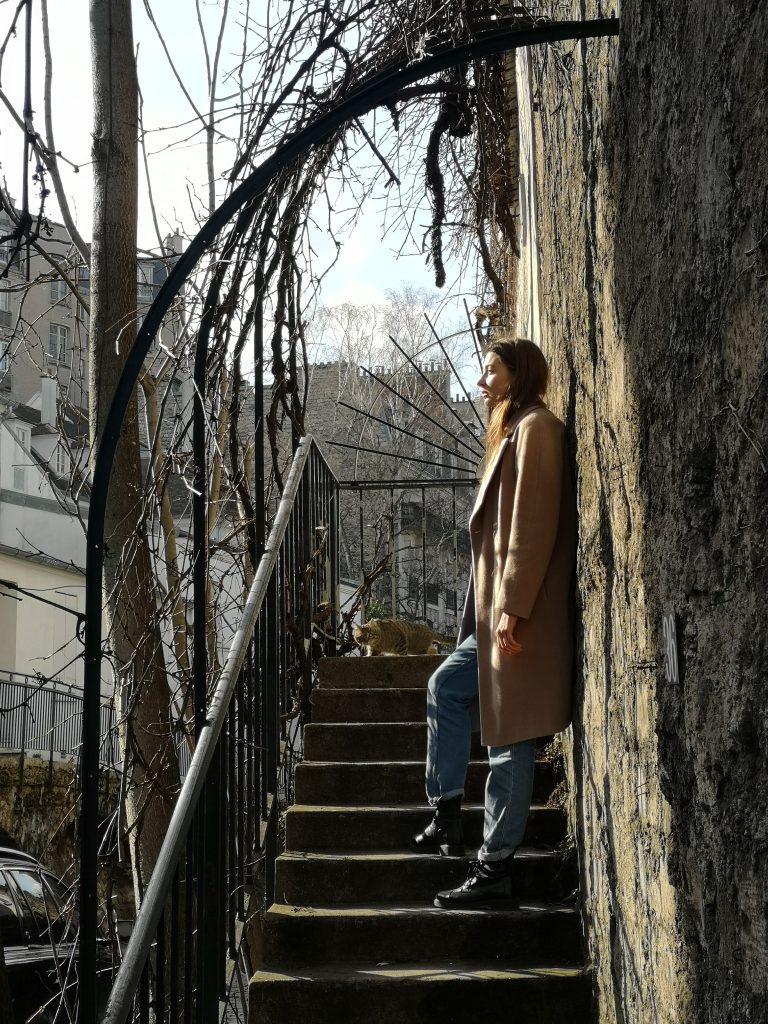
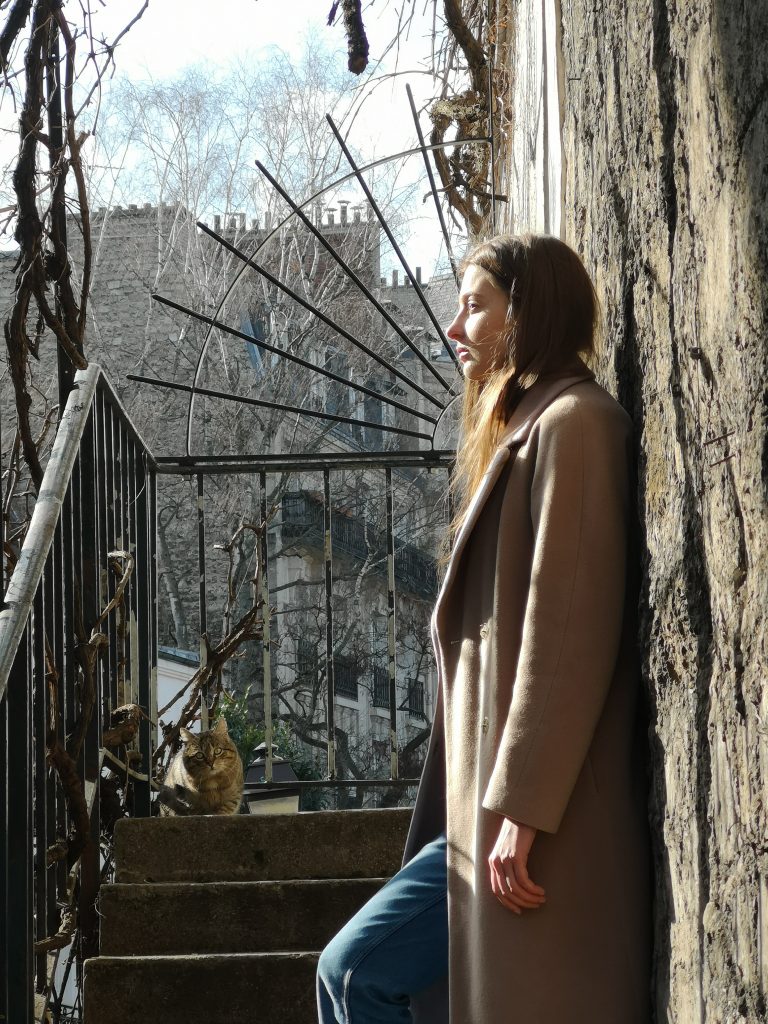
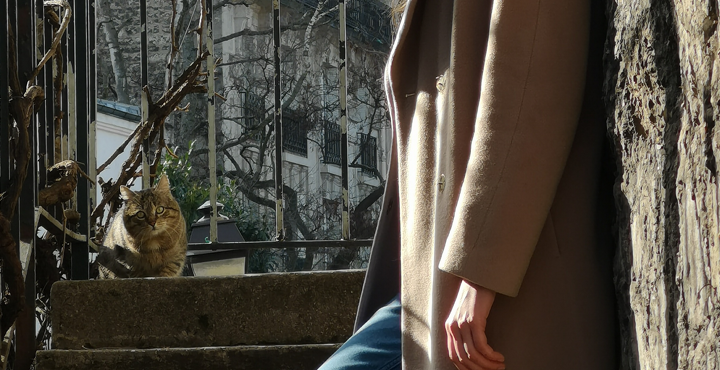
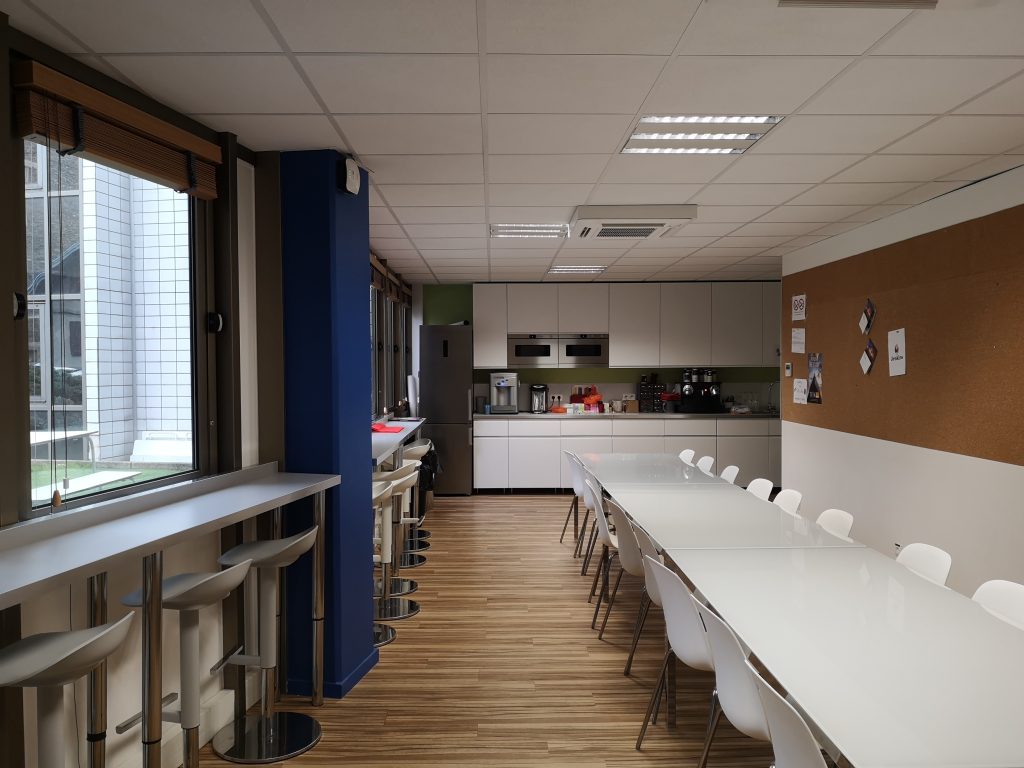
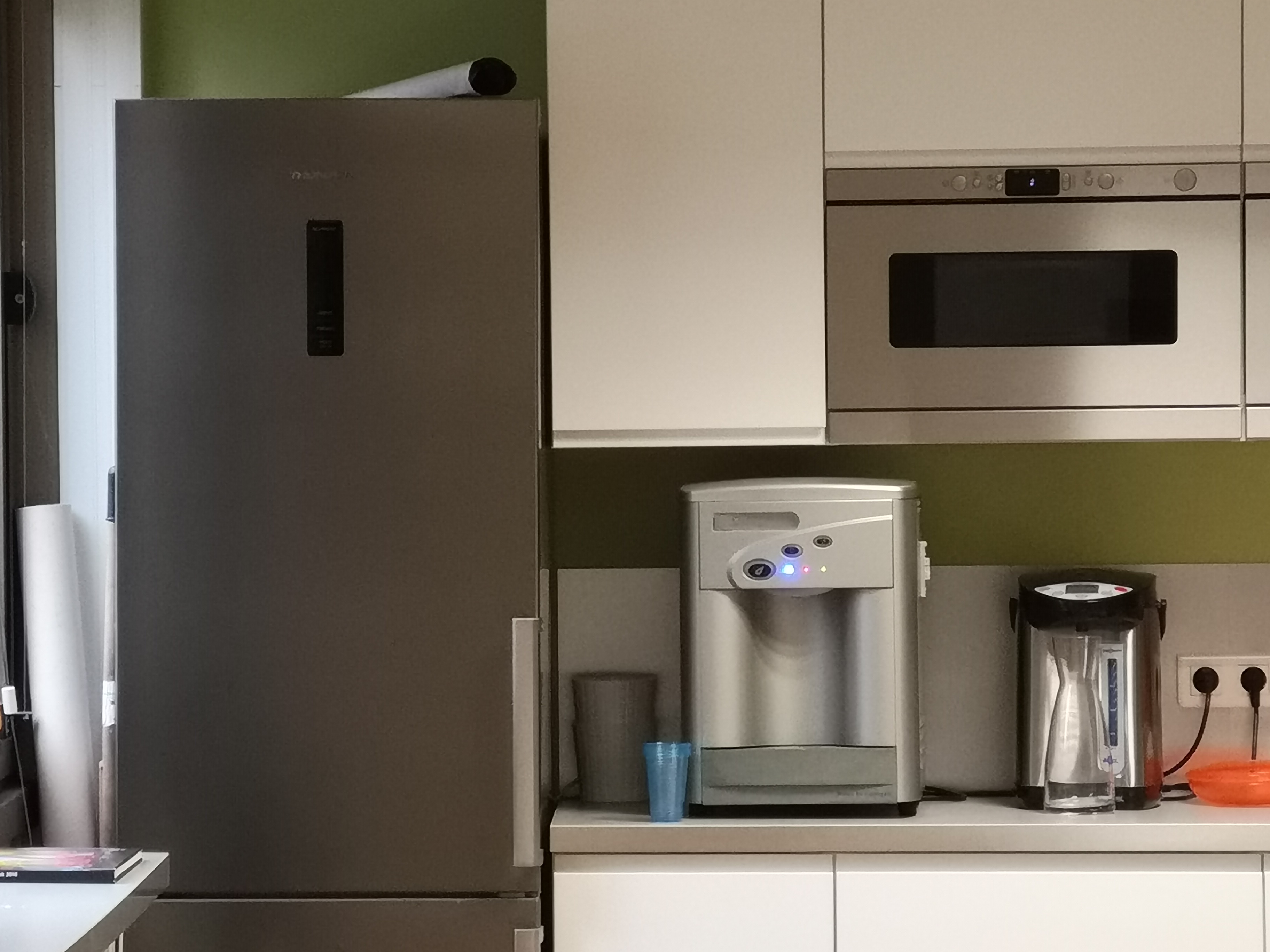
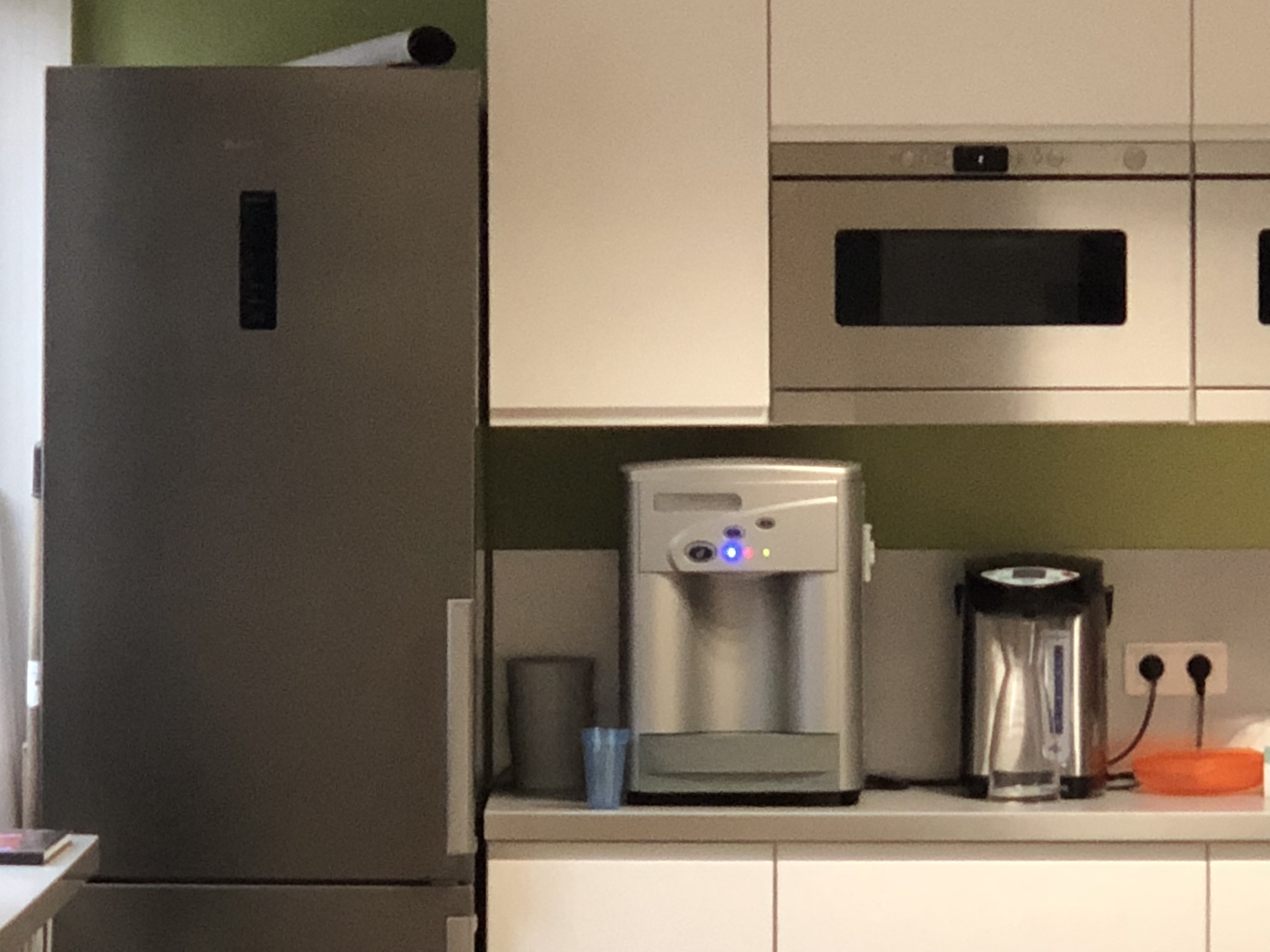
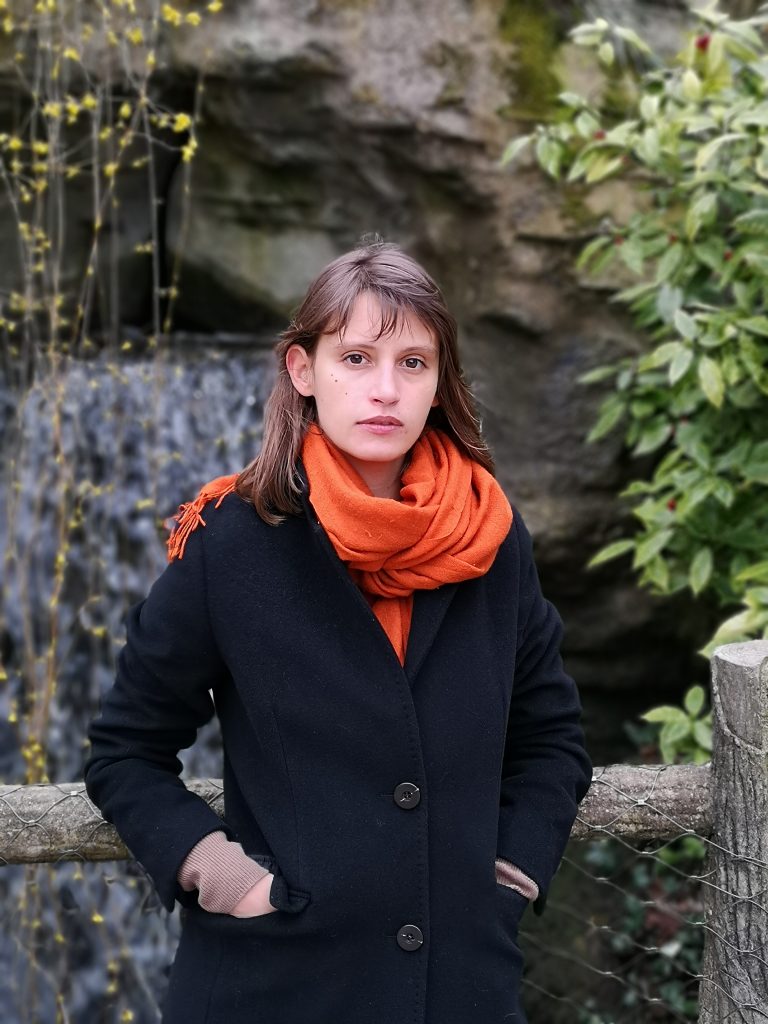
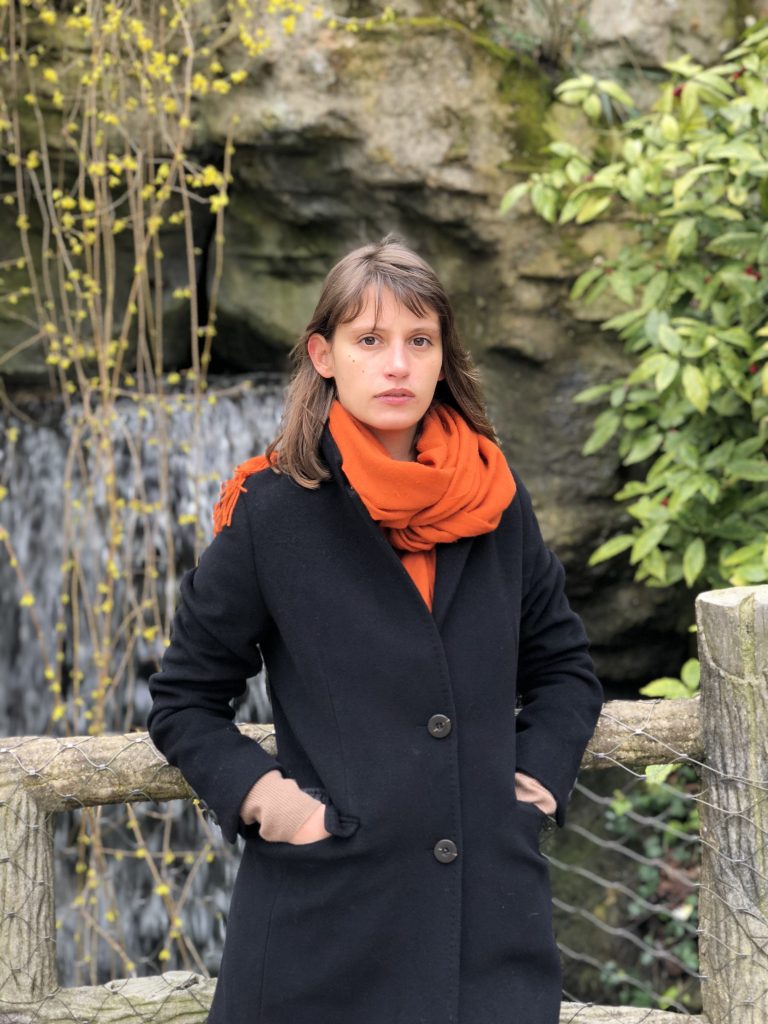


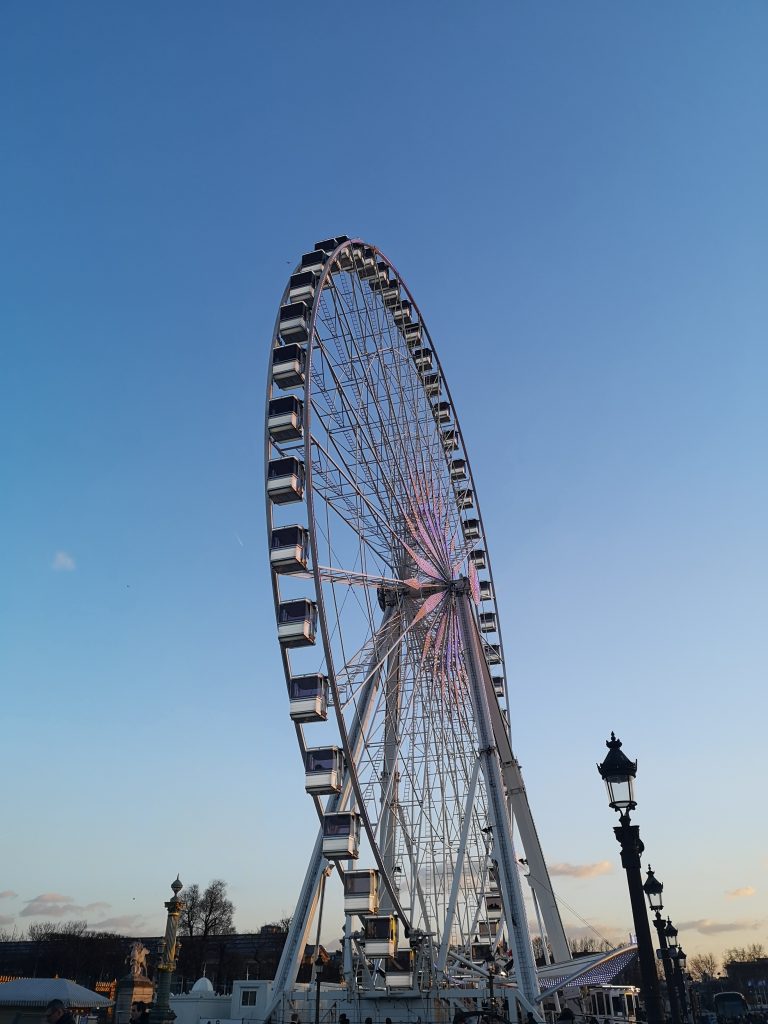
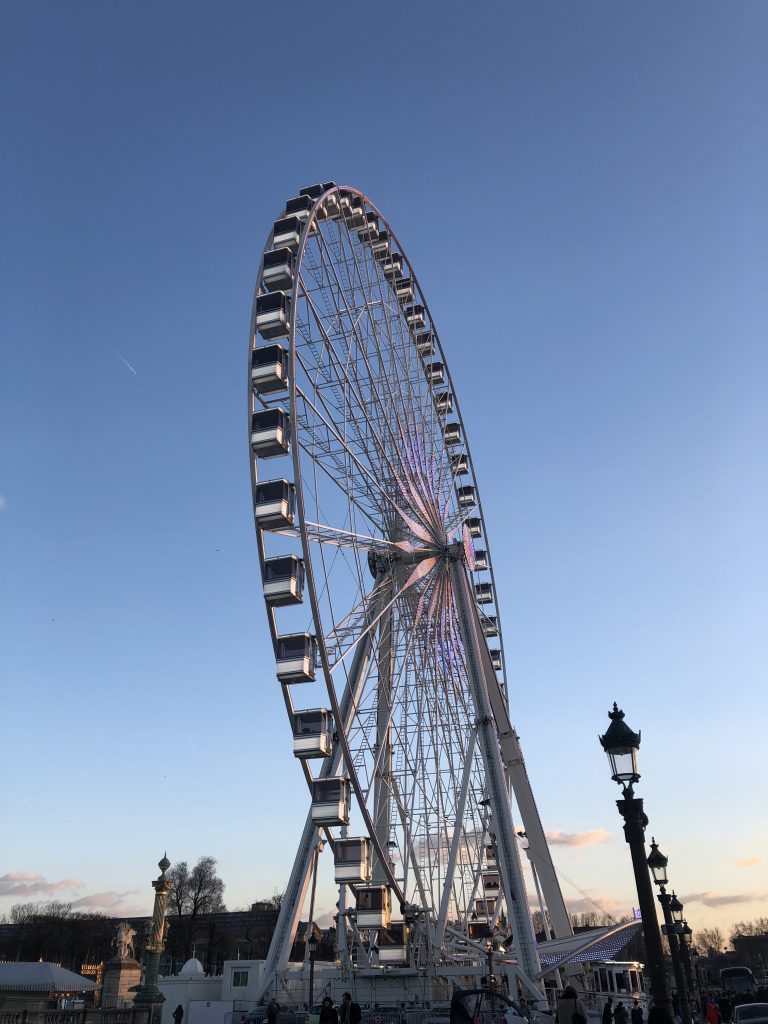
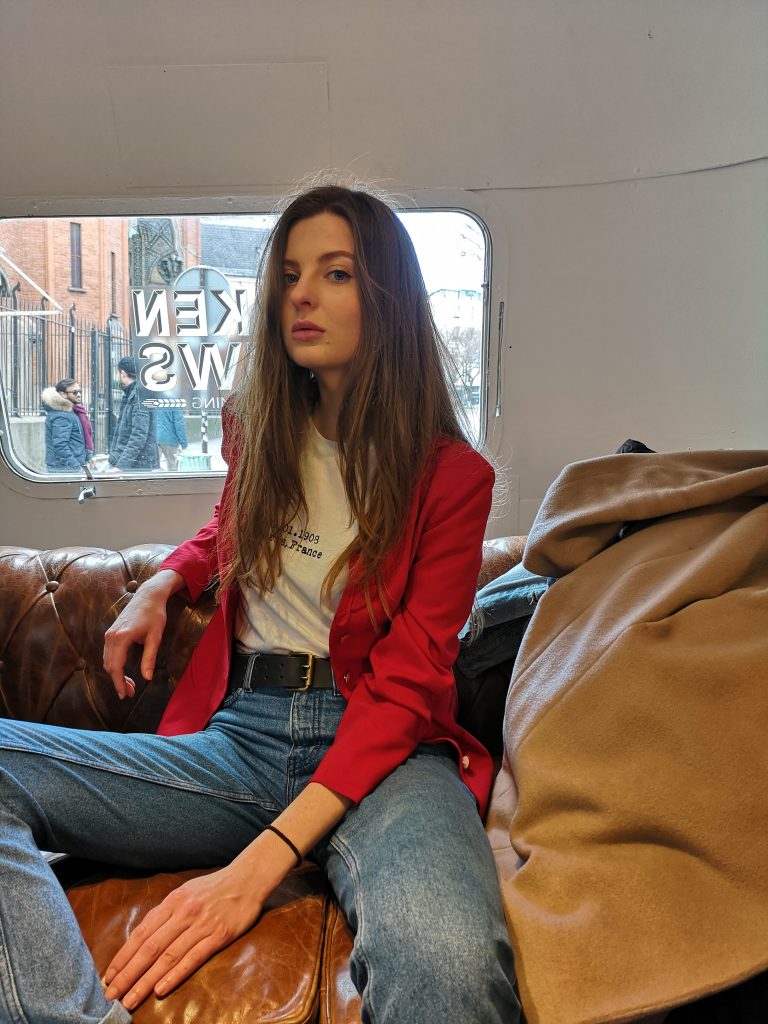
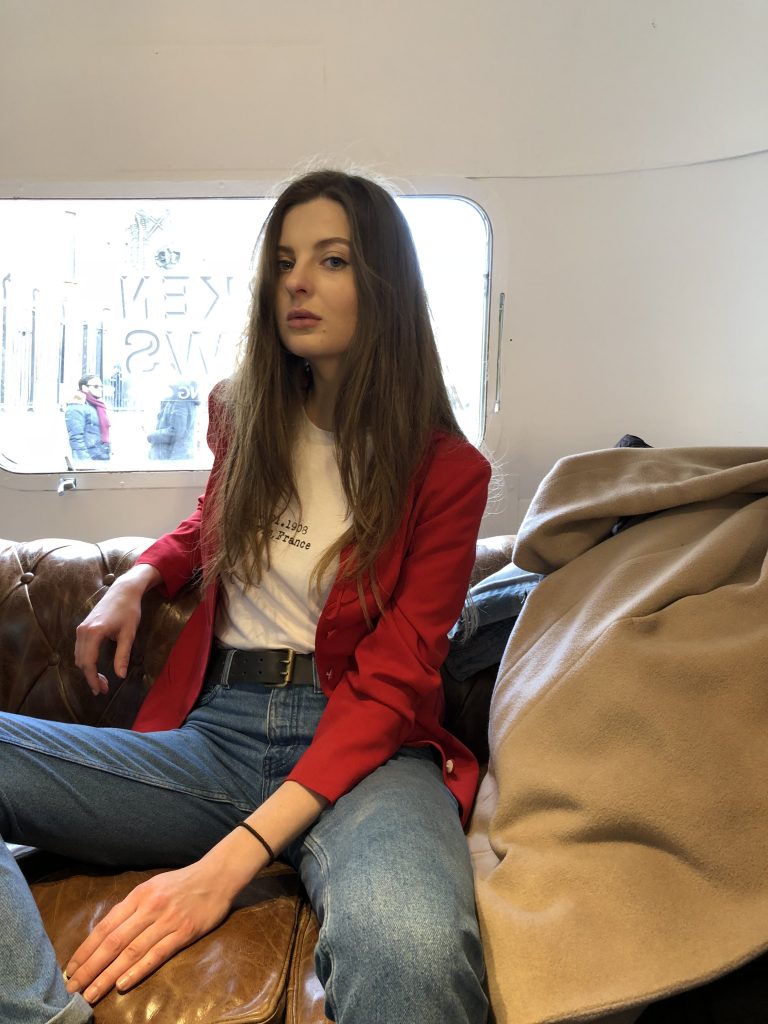
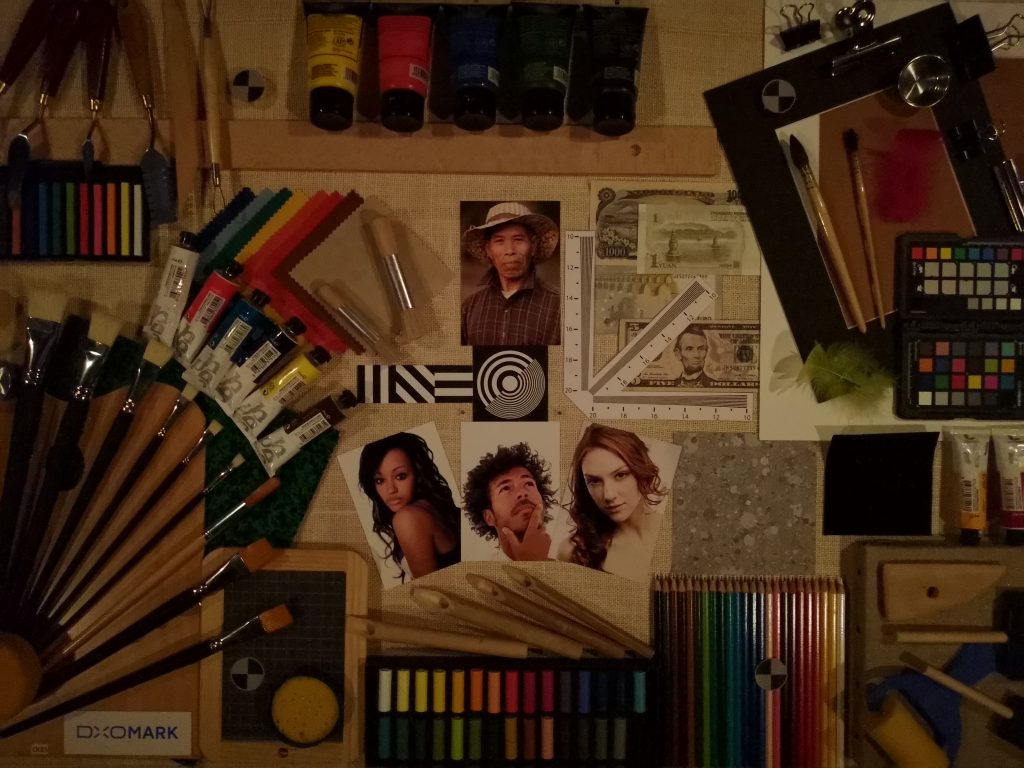

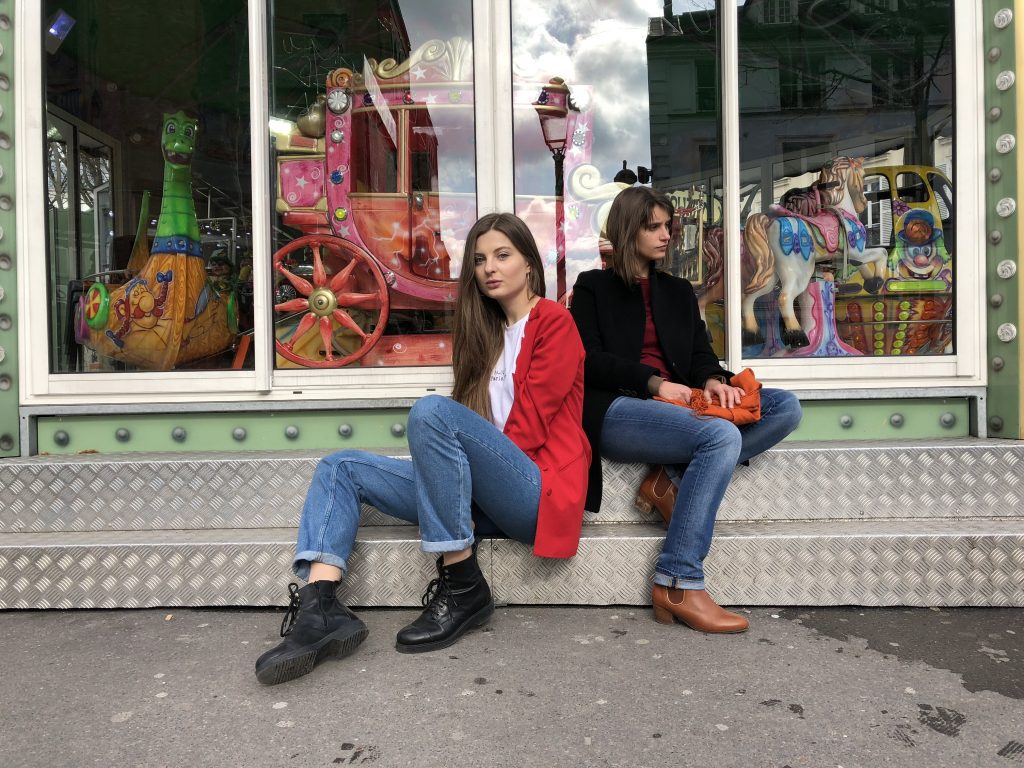
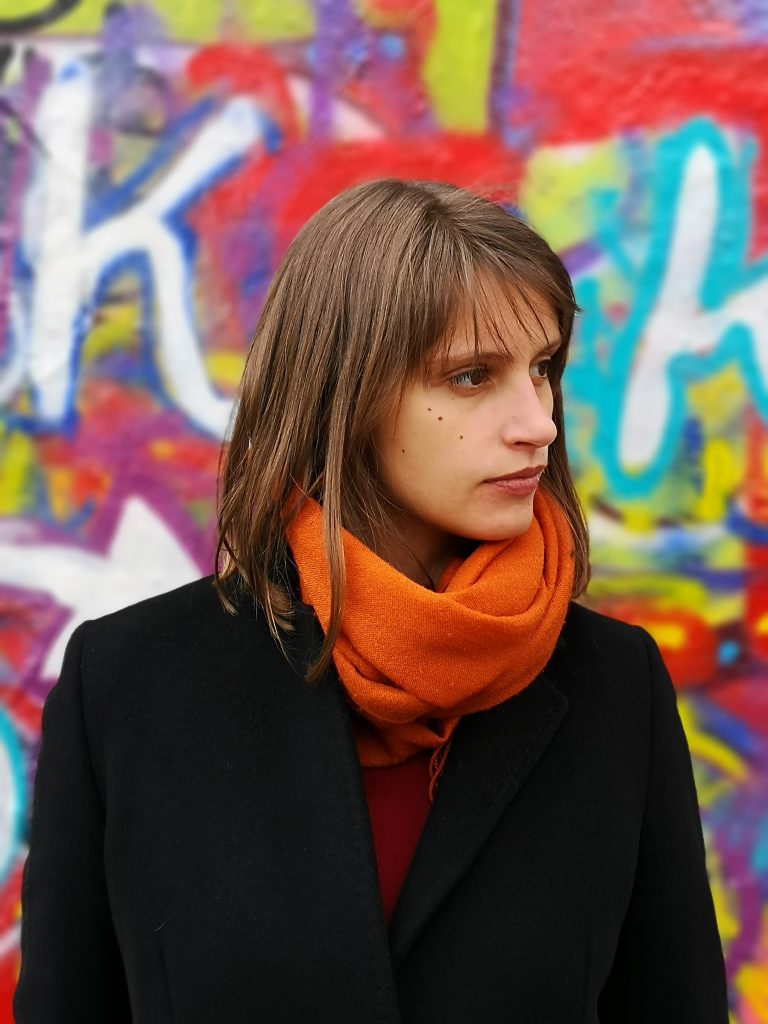
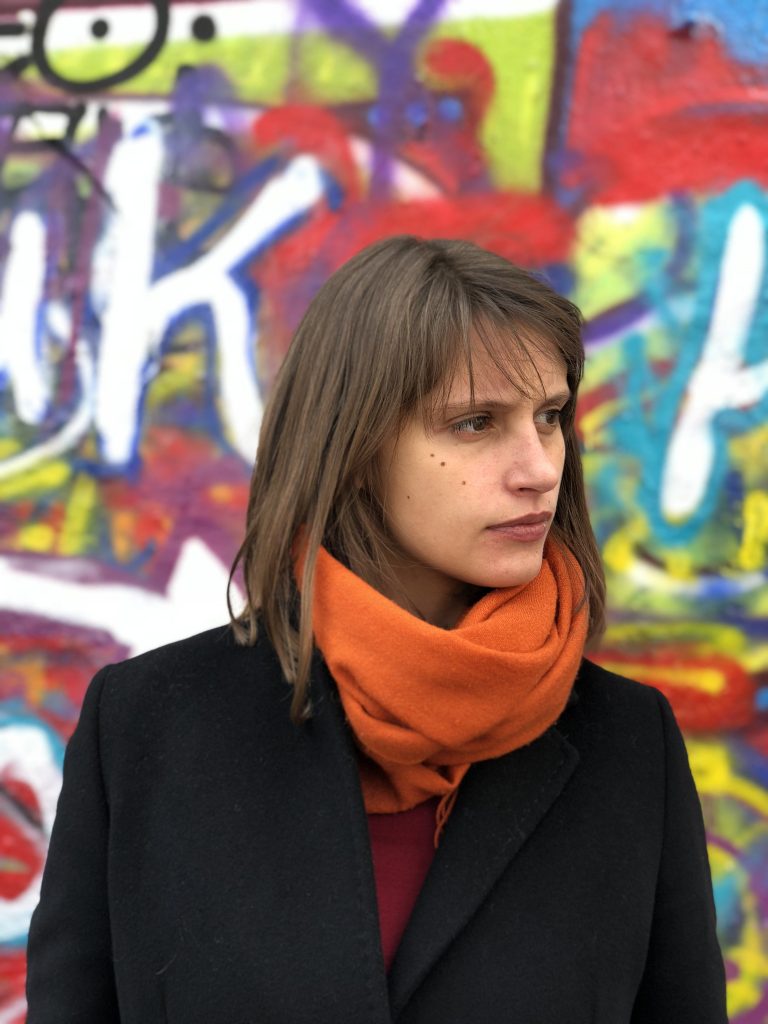
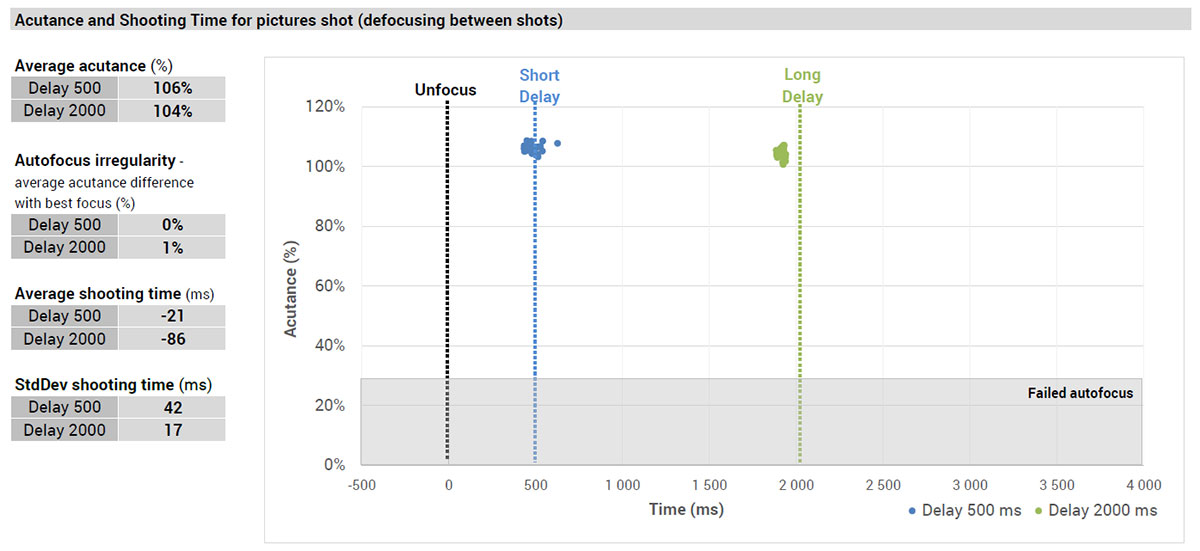
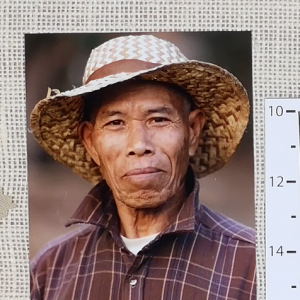
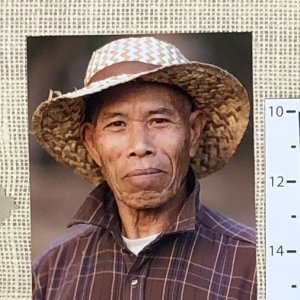
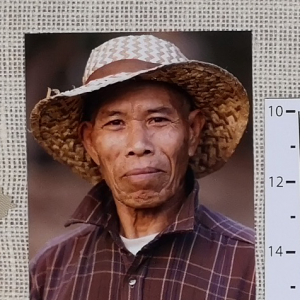



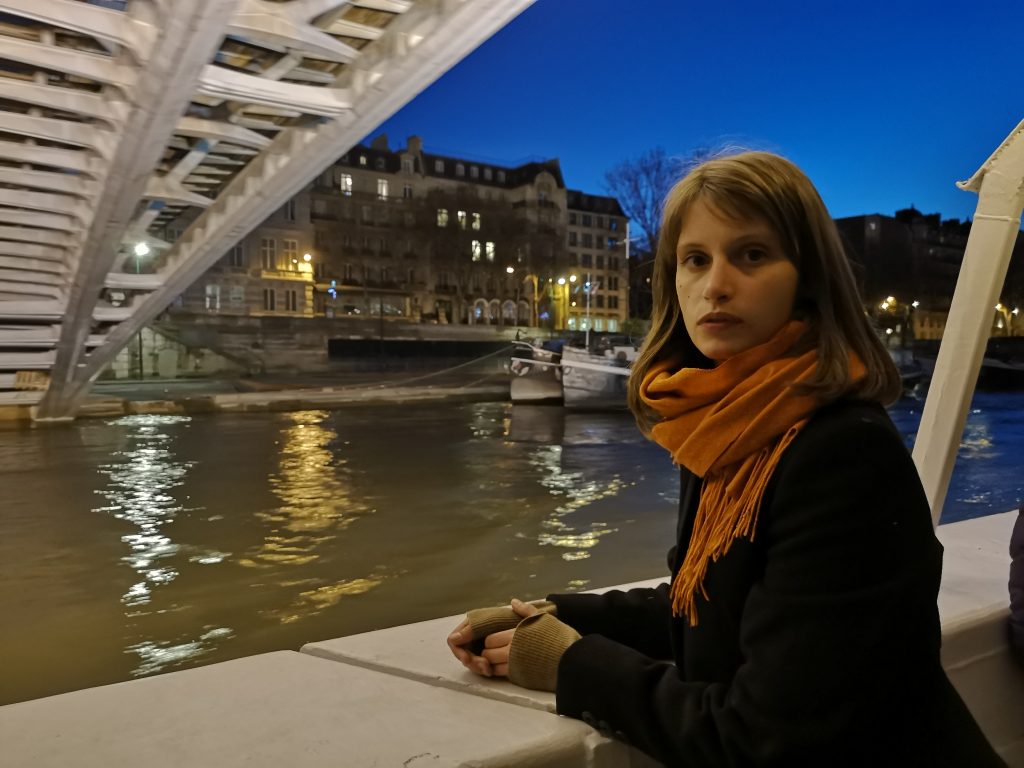
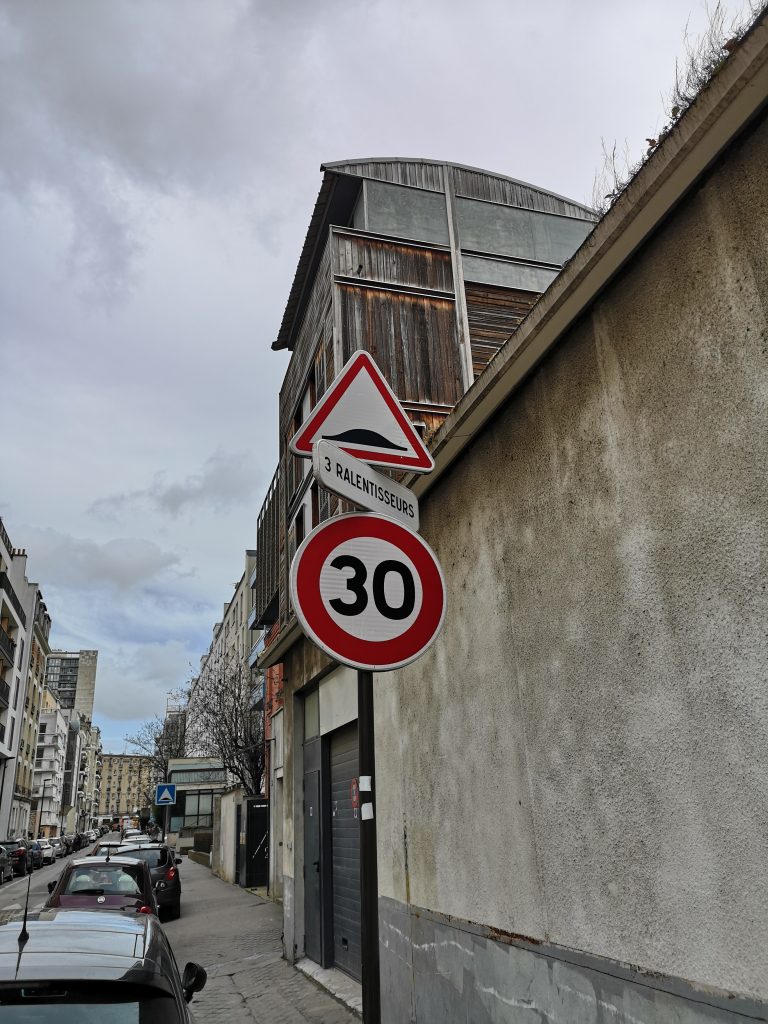
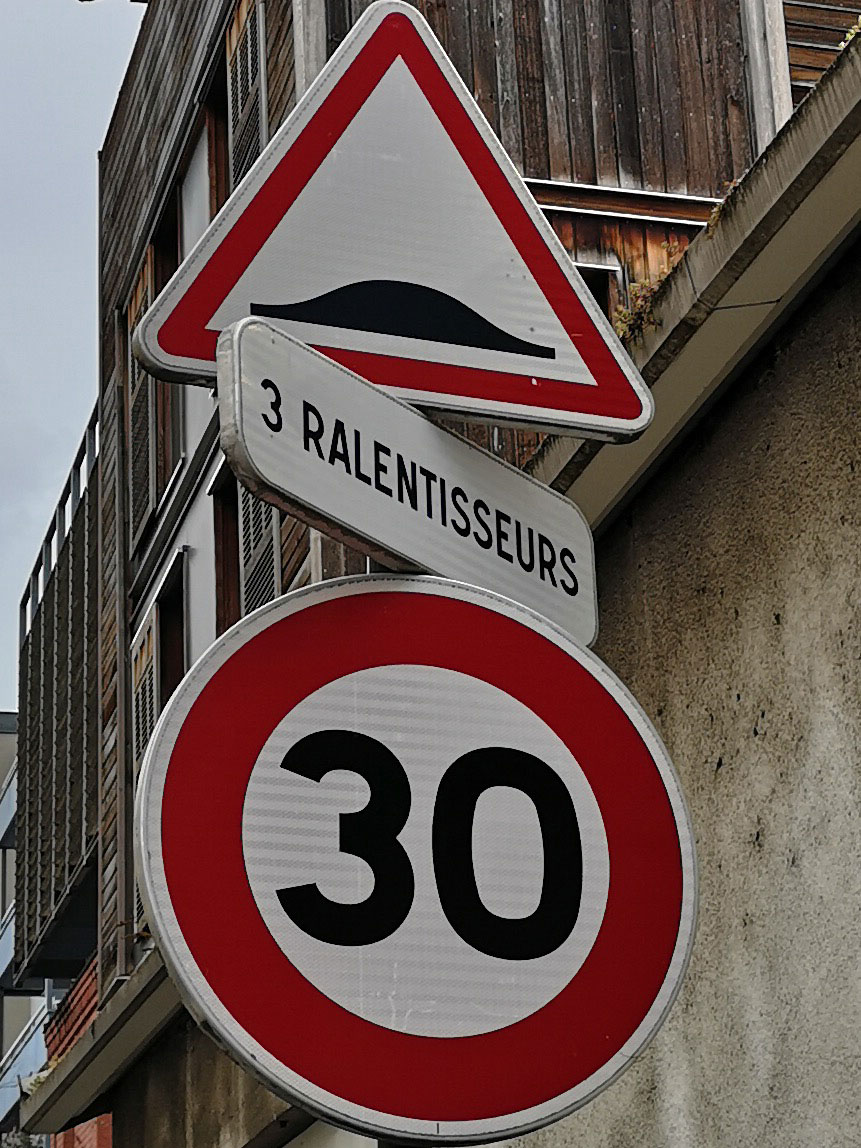
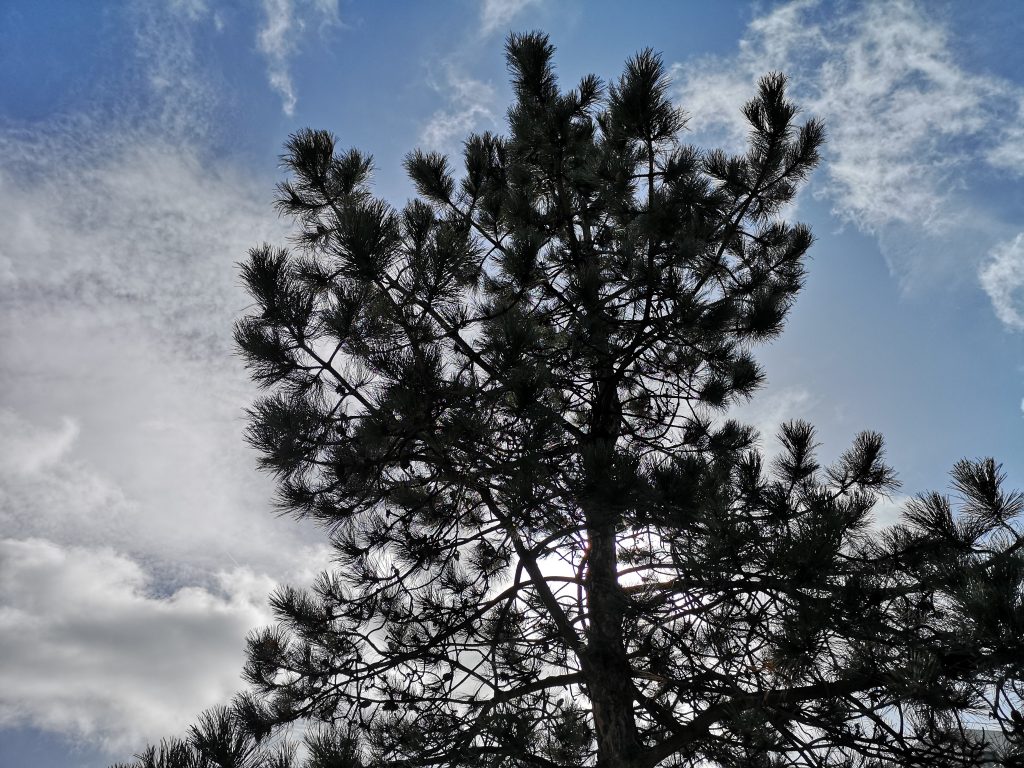
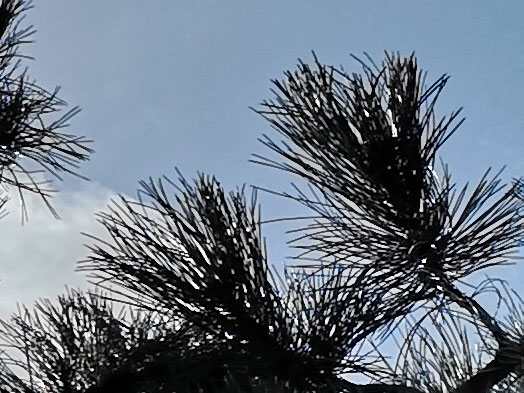





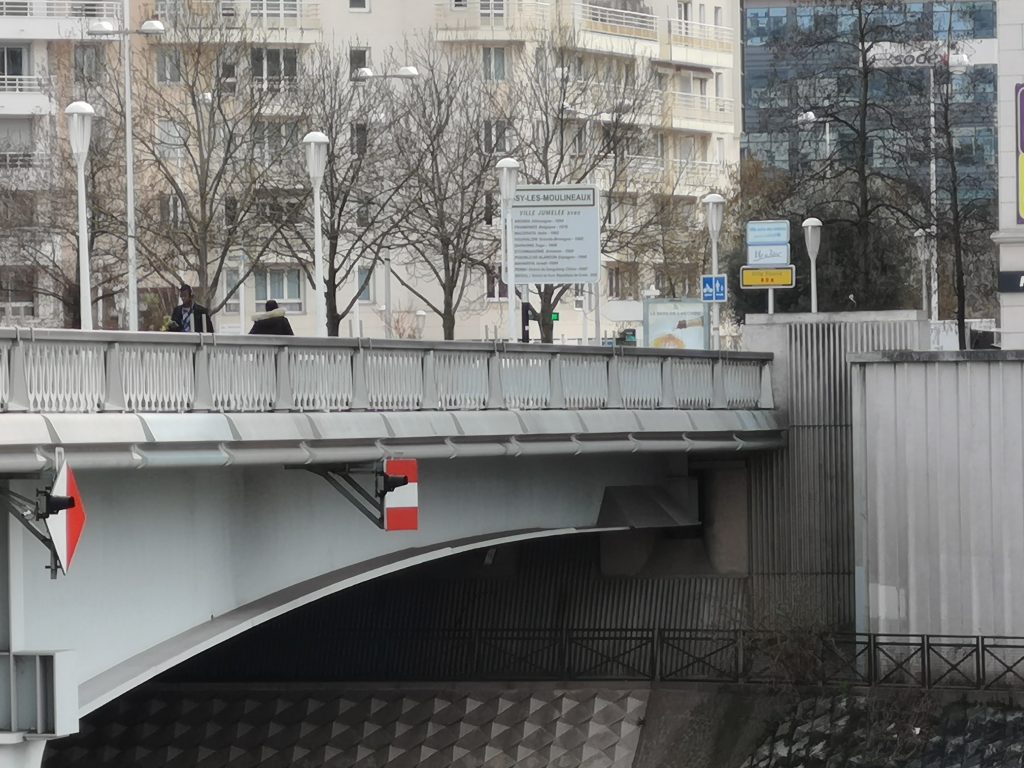
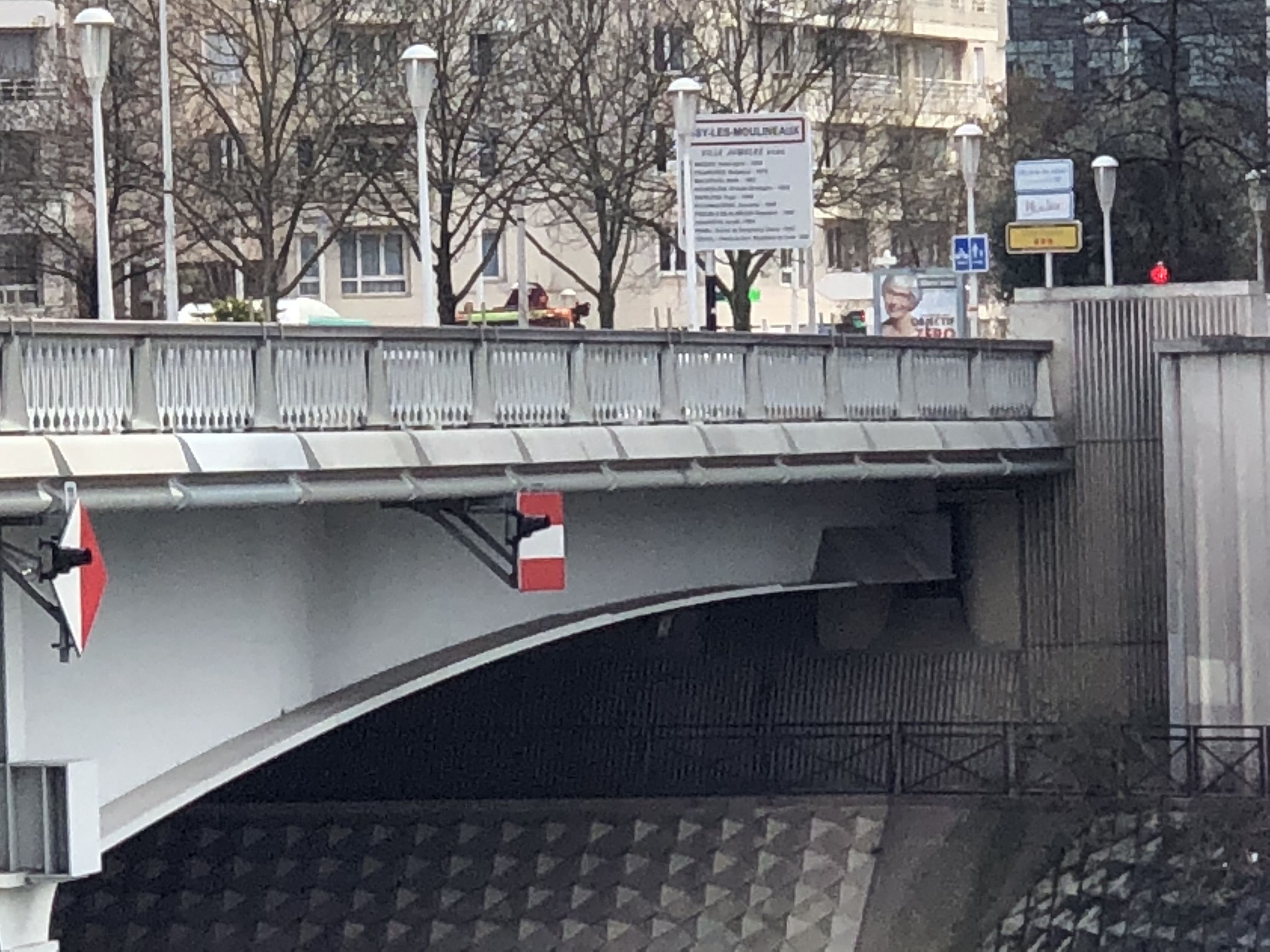
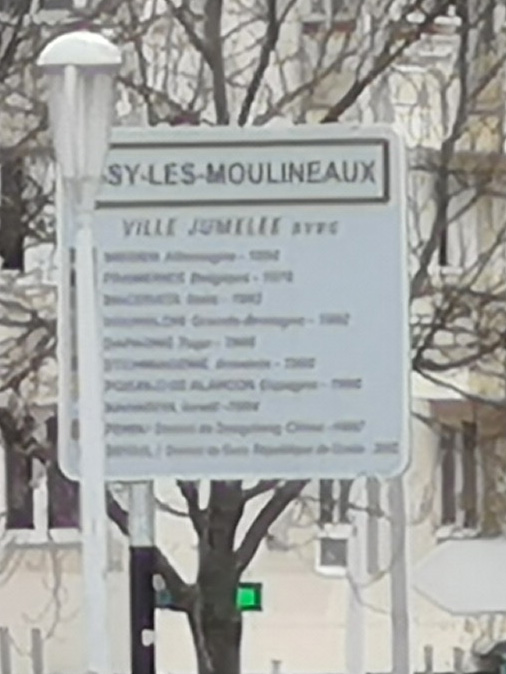



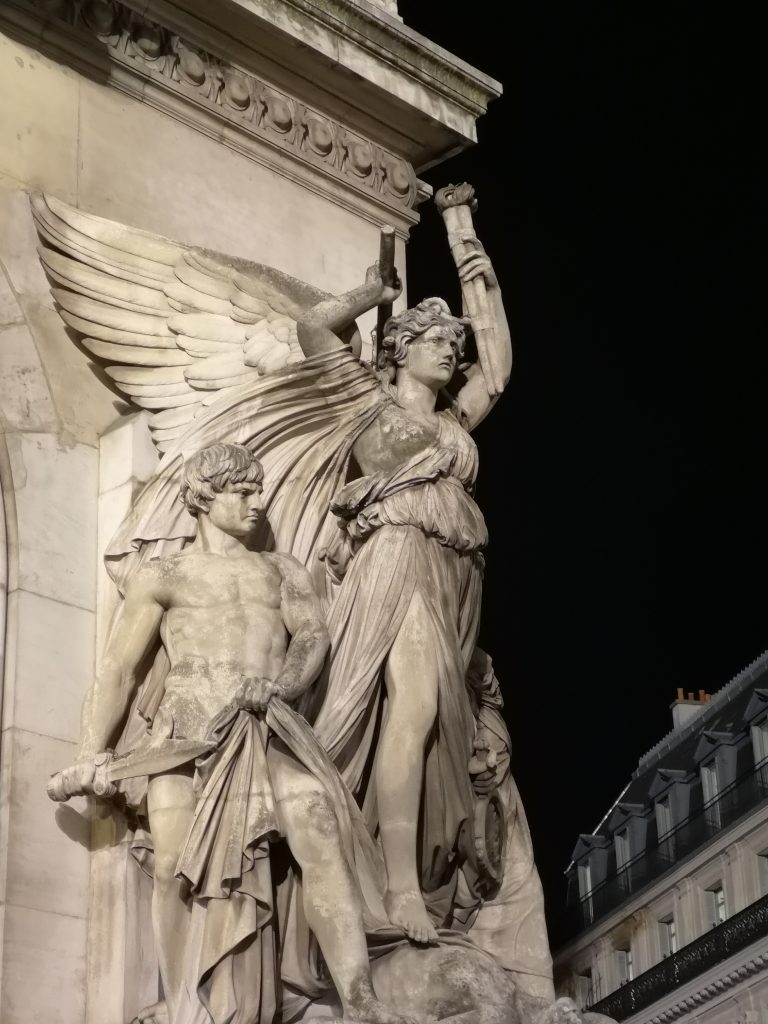
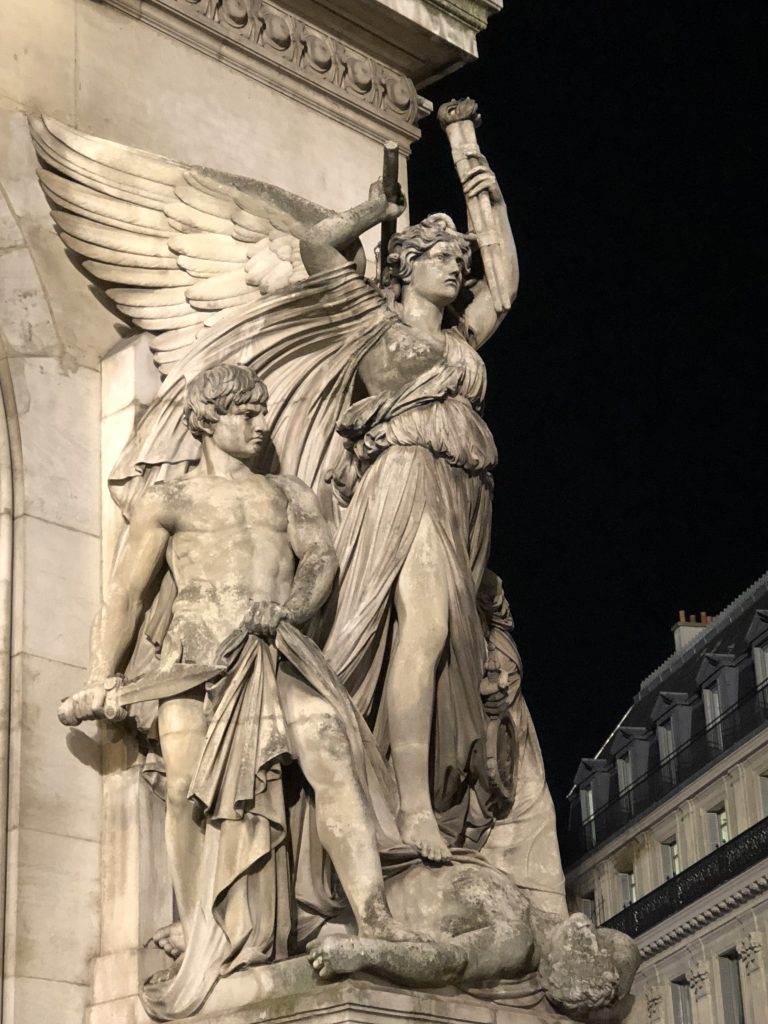
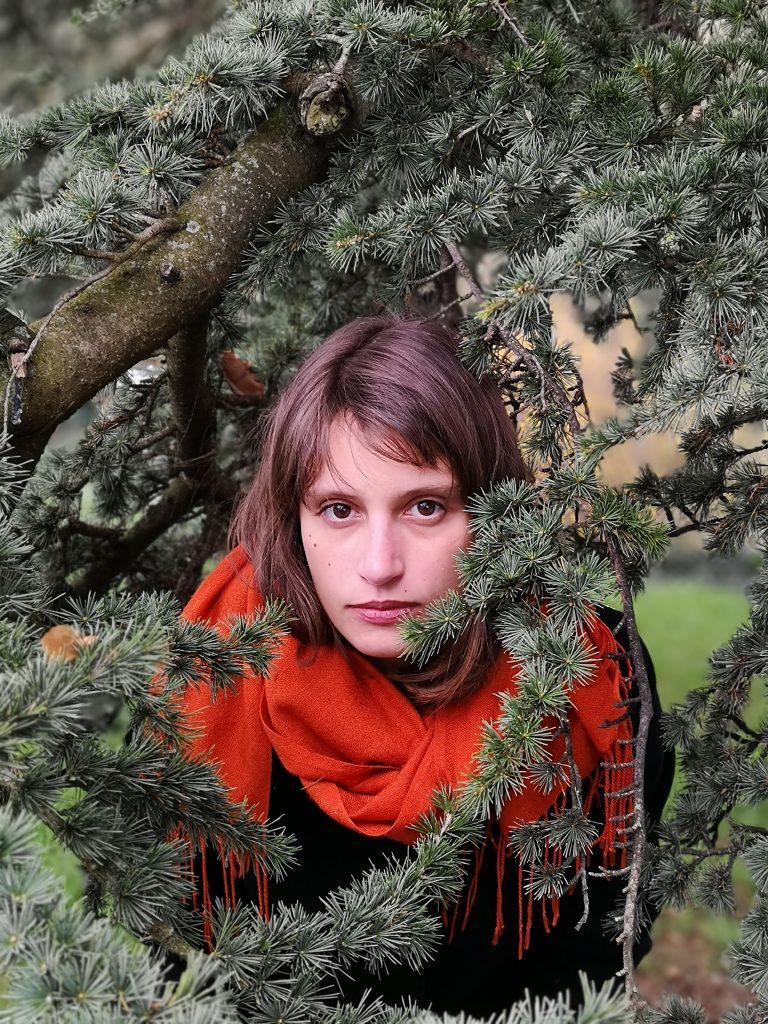

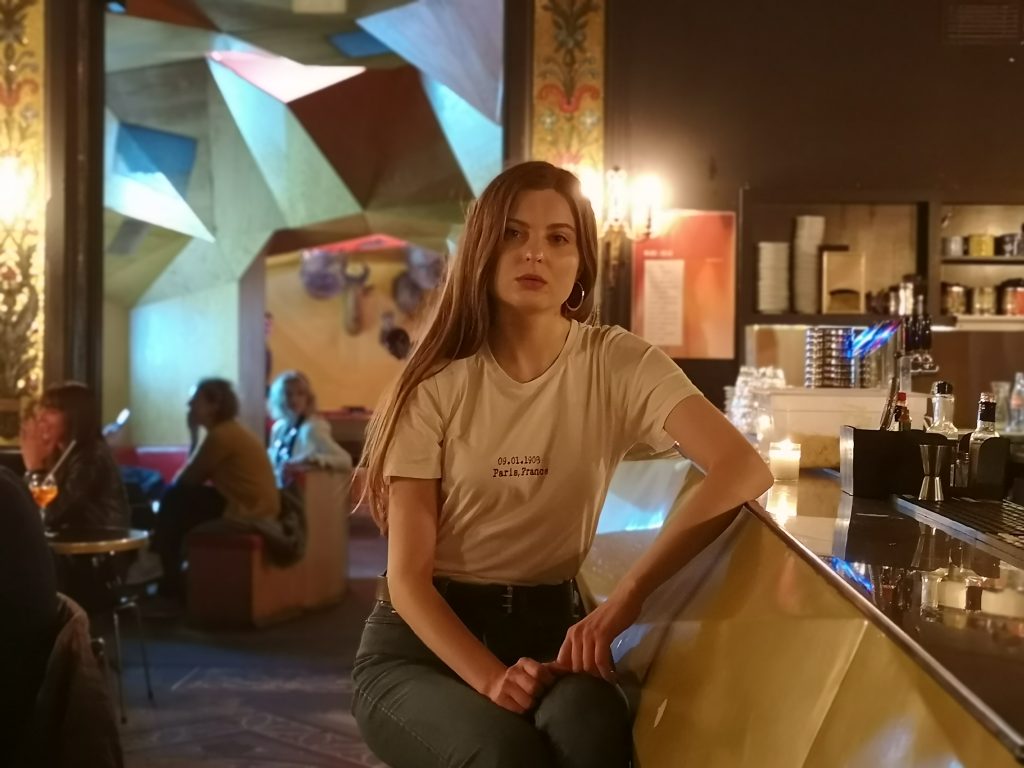
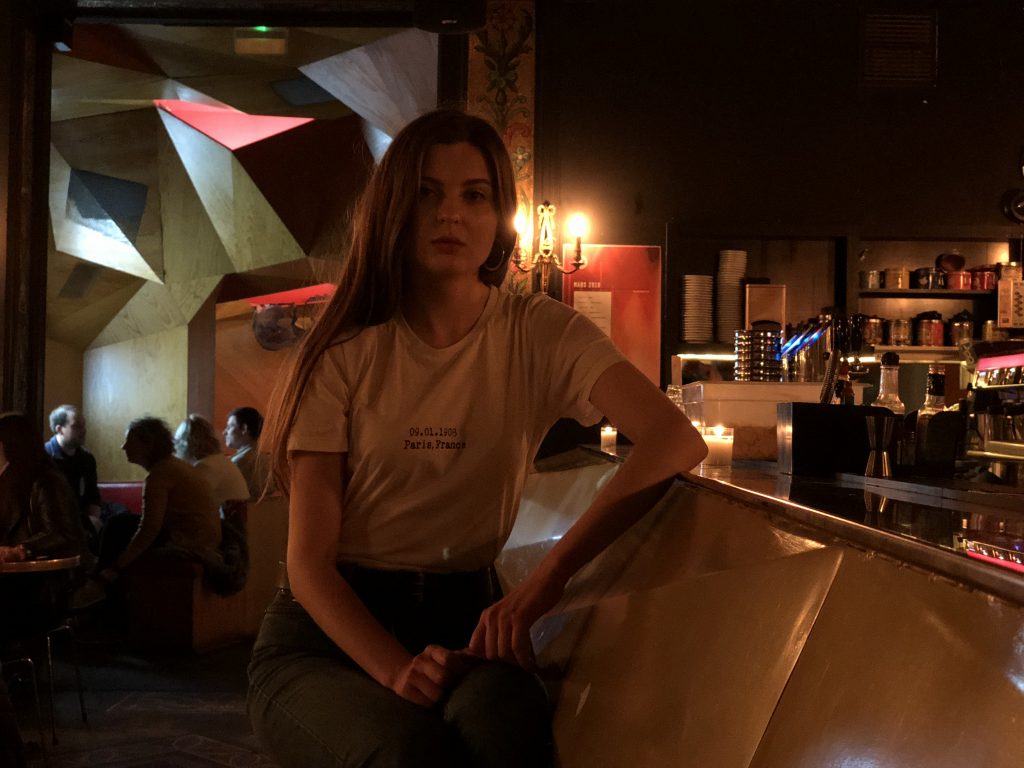





DXOMARK encourages its readers to share comments on the articles. To read or post comments, Disqus cookies are required. Change your Cookies Preferences and read more about our Comment Policy.